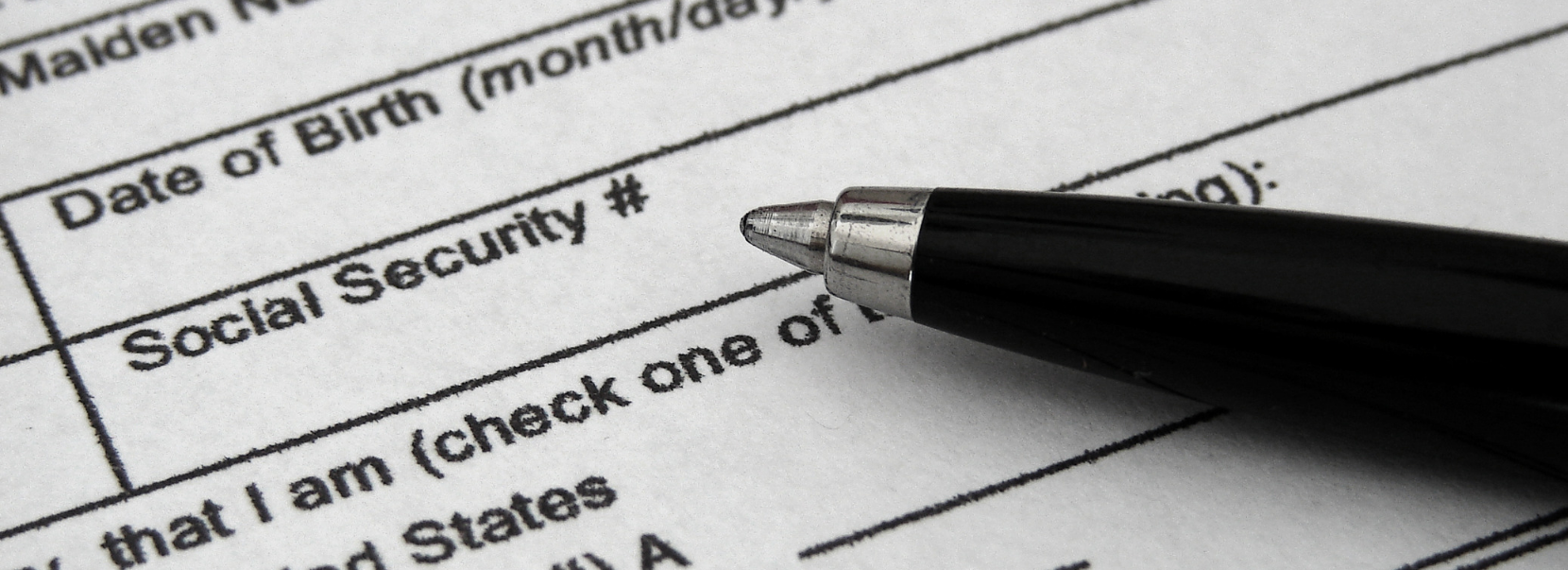The U.S. Citizenship and Immigration Service (USCIS) has announced that employers must use new Form I-9 (Rev. 08/01/23) (the “New Form I-9”) by November 1, 2023. USCIS also has issued a new rule that permits employers to use an alternative documentation verification process for employees working remotely.
New Form I-9
Employers use Form I-9 to verify (1) an employee’s identity and (2) authorization to work in the United States. The New Form I-9 includes the following changes:
- Sections 1 and 2 have been combined into a single-page sheet with multiple fields merged into fewer fields when possible;
- Changed the term “alien” to “noncitizen authorized to work” in Section 1, including an explanation of the difference between a “noncitizen national” and “noncitizen authorized to work”;
- Moved the Section 3 Preparer/Translator Certification area to a separate, standalone supplement (Supplement A);
- Moved the Section 3 Reverification and Rehire area to a separate, standalone supplement (Supplement B);
- Made the form easier to download;
- Formatted it in a manner that can be filled out on tablets and mobile devices;
- Updated the notice at the top of the form that explains how employers can avoid discrimination in the Form I-9 process;
- Revised the List of Acceptable Documents page, along with guidance and links;
- Added a box that employers must check if they use the DHS-authorized alternative procedure (described further below); and
- Revised the instructions for employers.
Current employees are not required to complete the New Form I-9 unless reverification of employment occurs after October 31, 2023.
On August 1, 2023, the New Form I-9 will be available at www.uscis.gov/i-9. Employers are permitted to use the New Form I-9 starting on August 1, 2023, or may continue using the prior version of the Form I-9 (Rev. 10/21/2019) (the “Old Form I-9”) through October 31, 2023. Upon request by the U.S. Department of Homeland Security, U.S. Department of Justice or the U.S. Department of Labor, employers must have Form I-9s available for inspection. Starting November 1, 2023, employers that fail to use the New Form I-9 will be subject to penalties under section 274A of the Immigration and Nationality Act.
Alternative Documentation Verification Process for Remote Employees
Among the changes to the New Form I-9 is an alternative document examination procedure for employees working remotely. The New Form I-9 will have a corresponding box that employers must check if they use this alternative procedure. To use this alternative procedure, employers must be in good standing with E-Verify. Employers using this alternative procedure must do the following:
- Require employees to first transmit the Form I-9 document or acceptable receipts;
- Examine copies of the Form I-9 document or an acceptable receipt (both sides if applicable);
- Conduct a live video interaction with the individual presenting the documents to ensure the documents appear to be genuine and related to the employee, and are the same documents that were transmitted;
- Check the corresponding box on the New Form I-9 box to indicate that this alternative procedure was completed;
- Retain clear and legible copies of the documents (front and back); and
- If the employer chooses to use this alternative document authorization procedure, it must do so “consistently for all employees at that site, without discrimination.”
If you have any questions about the New Form I-9 or the new DHS-alternative document authorization procedure requirements, please contact a member of Gould & Ratner’s Human Resources and Employment Law Practice.

